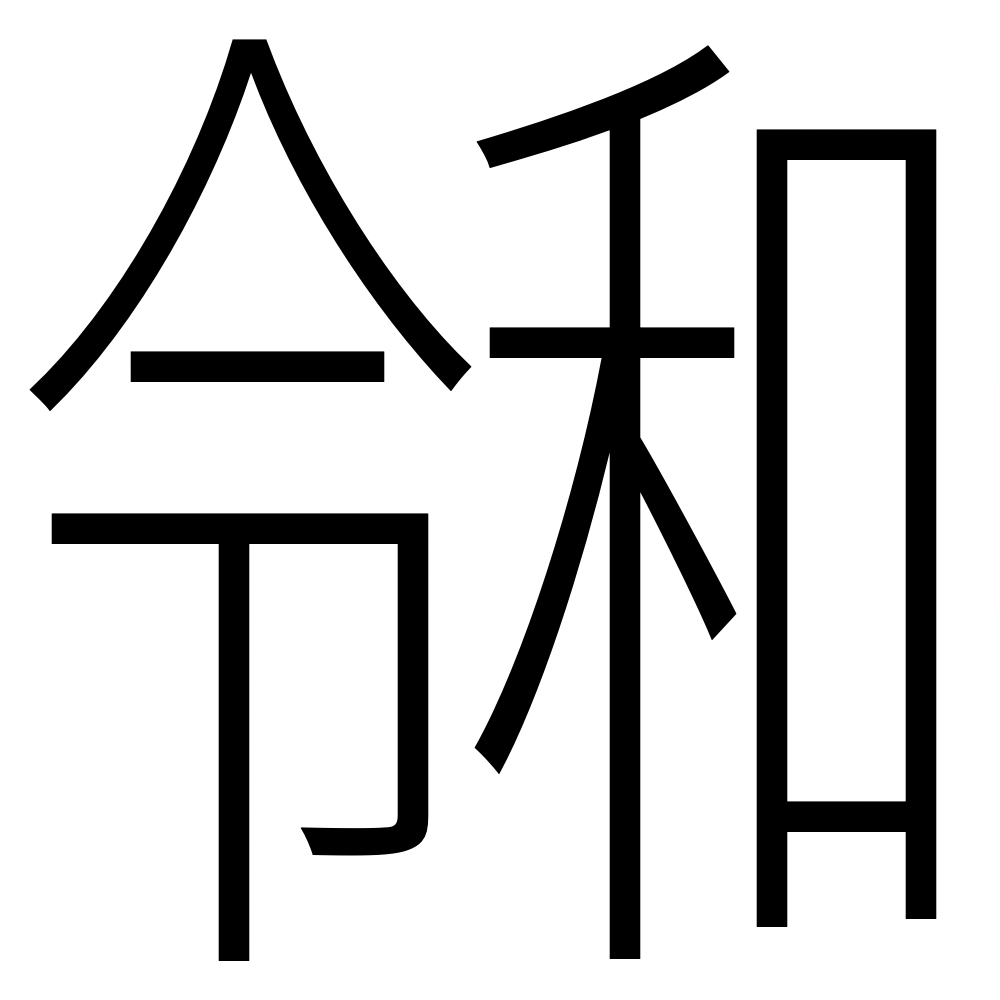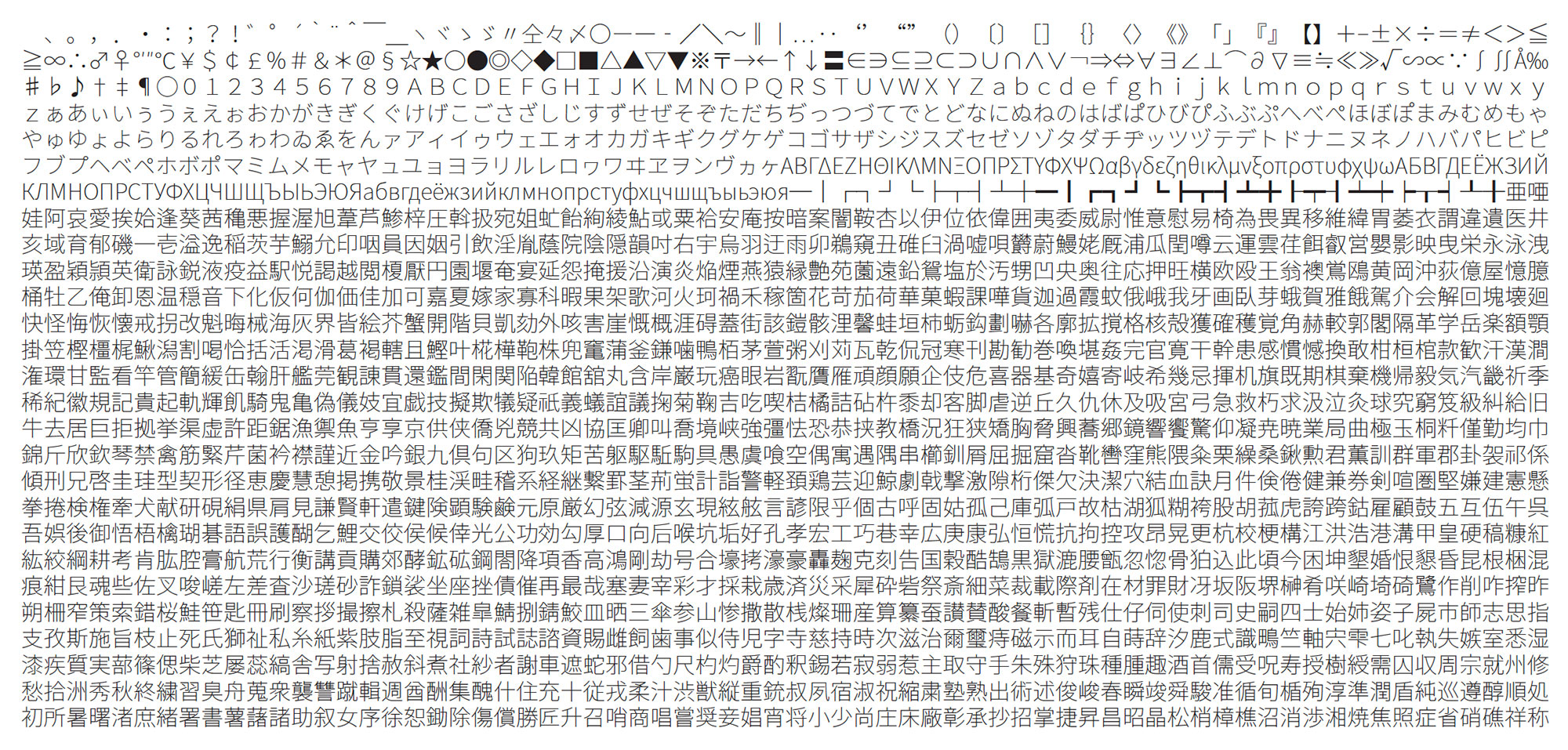
I spent the last couple of weeks developing a Variable Font version of the infamous Adobe Blank, and the open source project, named Adobe Blank VF & Friends, was released yesterday evening. But, before I detail what makes the Variable Font versions special, besides being Variable Fonts, let’s briefly go over the history of Adobe Blank and Adobe Blank 2.
Adobe Blank
First released in 2013 as open source, Adobe Blank simply maps all 1,111,998 Unicode code points to non-spacing and non-marking glyphs. What made the project interesting for me was to find the right balance between the number of glyphs and the size of the 'cmap' table. When mapping over a million code points, this becomes a valid concern. After some experimentation, I found that 2,049 glyphs was the sweet spot that resulted in 'CFF ' and 'cmap' tables of a relatively small size.
Adobe Blank 2
Adobe Blank 2, which was first released in 2015, is a two-glyph version of Adobe Blank that includes a Format 13 (Many-to-one range mappings) 'cmap' subtable that maps all 1,111,998 Unicode code points to GID+1. At the time, there was no convenient way to create a Format 13 subtable, so I used ttx, and supplied the actual hex values of the compiled subtable. The current version of ttx can successfully compile a Format 13 subtable by explicitly specifying all 1,111,998 mappings.
That then brings us to the Variable Font versions…
Continue reading…










